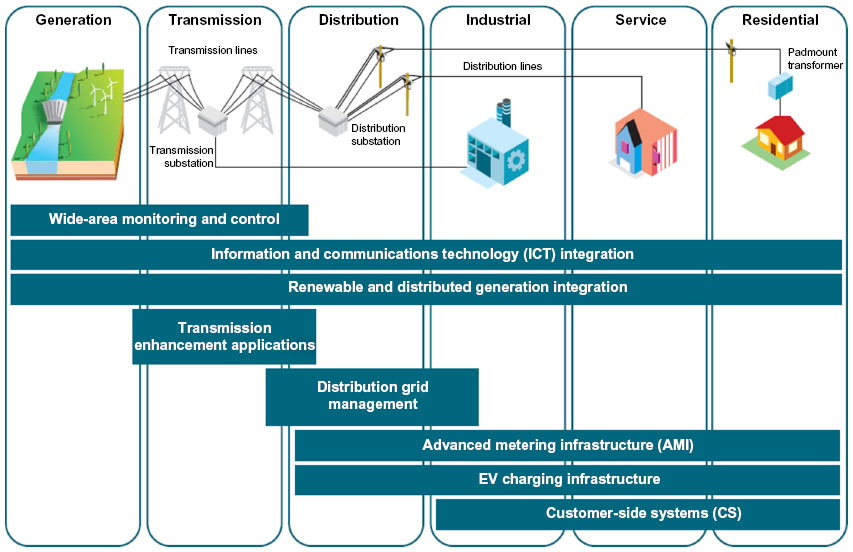Case study: industry, innovation and infrastructure (SDG9)
Mikko Koria, Sharon Prendeville
In this chapter we examine key dilemmas for design in the area of industry, innovation and infrastructure (Sustainable Development Goal 9) through three illustrative examples of large and complex projects in Mozambique, Vanuatu and Sri Lanka. Each of these projects had a significant infrastructure component in health, education and shelter, respectively. In order to examine further the observed tensions and dilemmas in the projects, we propose adopting a theory of change perspective on infrastructure and design framed through the theory of fields. We present a framework of thought using multilevel and ecosystem elements, product service systems and service ecosystems and taking into account the cultural and institutional context. We propose a design agenda for infrastructure as a step towards framing the understanding of the dilemmas of change and design in the context of the inherently political, incremental and disruptive institutionally driven agenda-setting that is inevitable in processes of innovation, infrastructure build-up and the restructuring of production systems in emerging economies.
Making European performance impact assessment frameworks for research infrastructures glocal
Published in F1000Research 2022 11(ELIXIR): 278
The long-term sustainability of Research Infrastructures[1] (RIs) is of great importance to the European Strategic Forum on Research Infrastructures (ESFRI) and the European Union more broadly, as shown by calls for RIs to demonstrate their economic and wider benefit to society.1 For the Organisation for Economic Co-operation and Development (OECD), sustainability is also a major concern as RIs represent an increasingly large share of research investment by national governments.2 As a result, recent years have seen the emergence of a number of frameworks (ESFRI, OECD and that developed by the EU-funded RI-PATHS project) to guide RIs in their journeys to demonstrate performance and impact, going beyond simply scientific impact, and considering public value more generally.
Virtualising the School During COVID-19 and Beyond in Africa: Infrastructure, Pedagogy, Resources, Assessment, Quality Assurance, Student Support System, Technology, Culture and Best Practices
Published in Advances in Medical Education and Practice
The COVID-19 pandemic has affected health globally in a manner that this generation has never witnessed. The initial measures to mitigate these effects were focused on health interventions and remedies; rightly so. These had included public health measures including the lockdown, the test-and-contact-tracing and the social or physical distancing measures among others. Measures were also taken by different countries and states to mitigate the economic fallout and these had included palliatives for the people. Countries had borrowed and adjusted their fiscal policies and priorities to cater for the COVID-19 effects. Then, the question arises: what have we done with education in Africa? Education is arguably the most important way to address how COVID-19 would affect our future and the life of the generation whose education has been significantly impacted by COVID-19. This is the reason for this article. The article addresses how best to virtualise the school through strategic adaptations and changes. It addresses key factors including infrastructure, pedagogy, resources, assessment, quality assurance, student support system, technology, culture and best practices.
Frugal innovation and leapfrogging innovation approach to the Industry 4.0 challenge for a developing country
Published in Asian Journal of Technology Innovation
Chaisung Lim, Jeong Hyop Lee, Paisarn Sonthikorn, Supachai Vongbunyong
There has been little discussion about solving problems in response to the Industry 4.0 challenge to a developing country. This paper focuses on those problems, including the investment dilemma caused by low affordability market, low capability of firms, and the fragmented stakeholder problem, in responding to the Industry 4.0 challenge. We develop a framework for solving the problems in responding to the Industry 4.0 challenge in Thailand, having frugal innovation and leapfrogging innovation concepts as theoretical bases. The examples of frugal and or leapfrogging innovation scenarios, which could offer a new momentum of the dynamics of industrial growth, which can be implemented under private–public partnership, are briefly discussed, and the pilot results of exposure of scenarios to Thai experts are discussed. The implication is that firms and developing countries need to consider alternative innovation approaches including the ones suggested and other possible approaches, and serious experimentation is required and the policy direction needs to be found out from feedbacks of the experimentations.
 China
China  Africa
Africa 

